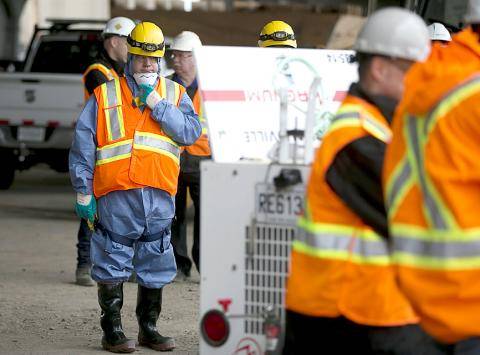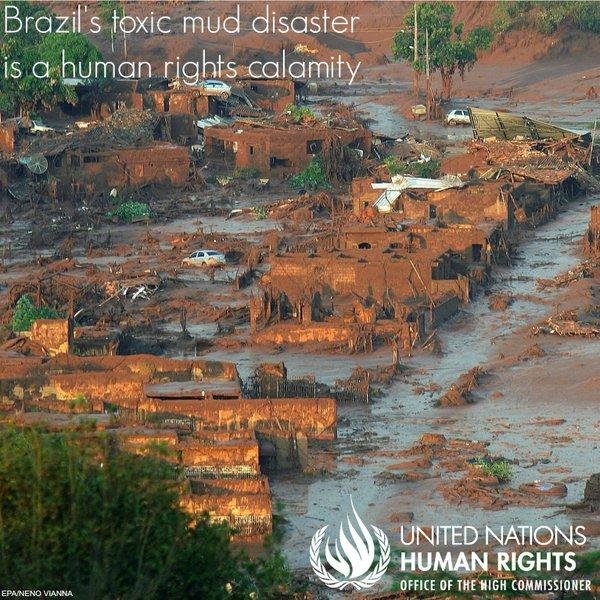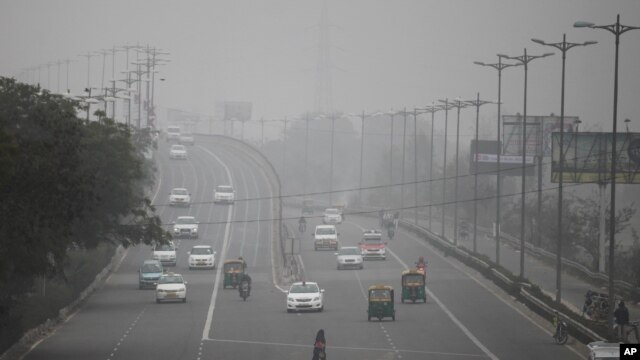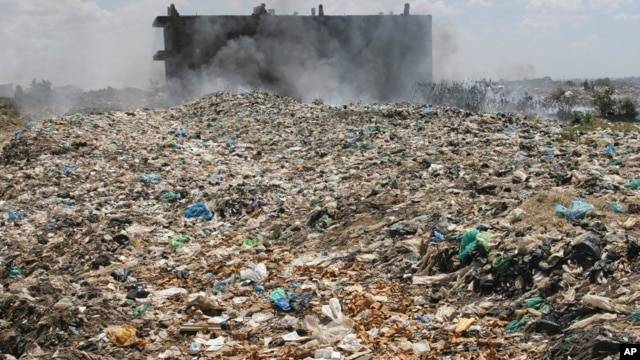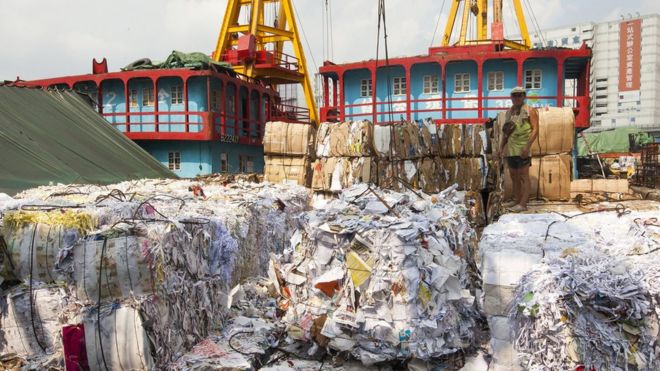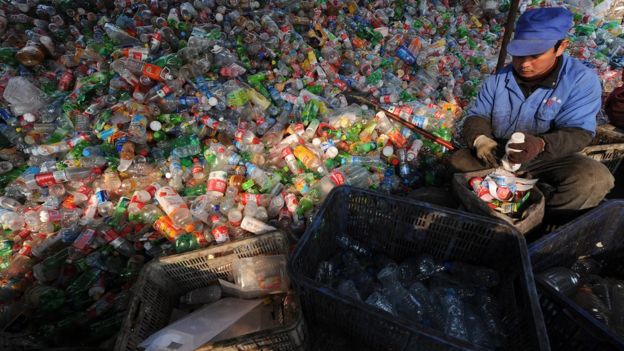- Thread starter
- #21
Millions of premature deaths can be prevented each year by reducing short lived climate pollutants...
WHO: Reducing Short-lived Climate Pollutants Can Save Lives
October 22, 2015 — The World Health Organization says millions of premature deaths can be prevented each year by reducing short lived climate pollutants. A WHO report recommends cutting emissions of black carbon, ozone and methane.
See also:
Southern Thailand Hit by Worst Haze from Indonesia Ever
October 22, 2015 — Southern Thailand was hit Thursday by the most severe haze ever from forest fires in Indonesia, forcing all schools in a province to close and disrupting flights in a popular tourist area, officials said.
WHO: Reducing Short-lived Climate Pollutants Can Save Lives
October 22, 2015 — The World Health Organization says millions of premature deaths can be prevented each year by reducing short lived climate pollutants. A WHO report recommends cutting emissions of black carbon, ozone and methane.
Carbon dioxide is the main greenhouse gas that causes global warming. But black carbon or soot, and methane and ozone in urban smog, all contribute to climate change and are harmful to health. The World Health Organization says emissions from short-lived climate pollutants cause cardiovascular and respiratory diseases, including heart disease, pulmonary disease, respiratory infections and lung cancer. It says they are responsible for many of the more than seven million premature deaths each year linked to air pollution. The WHO says the pollutants also can decrease agricultural yields.
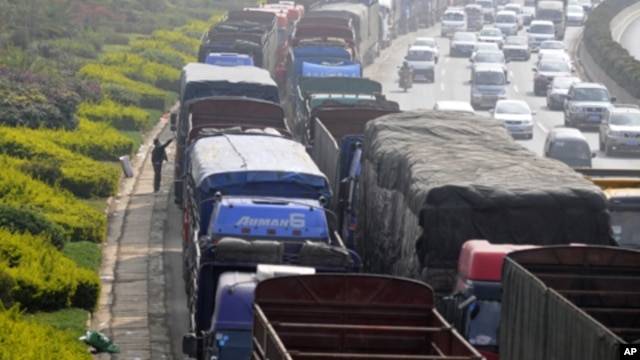
Vehicles line up for diesel near a gas station in Kunming, Yunnan province, China.
WHO Environment Chief Maria Neira says the pollutants, which exist both outdoors and indoors, have a strong impact on climate change. But the good news, she says, is they only remain in the atmosphere for a few days to 10 years, compared to carbon dioxide, which can persist for hundreds, even thousands of years. “The fact that they are short-lived pollutants, when you address them, you can reduce emissions very rapidly and then improve both air quality as well as slowing the rate of near term climate change ... You will have an immediate reduction in the ill-health and diseases caused by the reduction of air pollution,” said Neira.
The WHO has come up with a number of available, affordable measures to mitigate short-lived climate pollutants. Topping the list is reducing vehicle emissions by implementing higher emissions and efficiency standards. Indoor air pollution is another source of ill health and premature death. The WHO reports about 2.8 billion low-income households rely on dirty fuels, such as coal, wood and kerosene for cooking and heating. It says cleaner and more efficient stove and fuel alternatives could reduce the health risks.
WHO: Reducing Short-lived Climate Pollutants Can Save Lives
See also:
Southern Thailand Hit by Worst Haze from Indonesia Ever
October 22, 2015 — Southern Thailand was hit Thursday by the most severe haze ever from forest fires in Indonesia, forcing all schools in a province to close and disrupting flights in a popular tourist area, officials said.
The haze that has shrouded parts of Malaysia and Singapore for nearly two months reached hazardous levels in the southern Thai city of Songkhla, with the pollution index hitting a record-high reading of 365. A reading of 101-200 is unhealthy, 201-300 is very unhealthy and above 300 is hazardous. “This is a crisis,” said Halem Jemarican, head of the Southern Environment Office. He said the pollution index in southern Thailand has never exceeded 300 before.
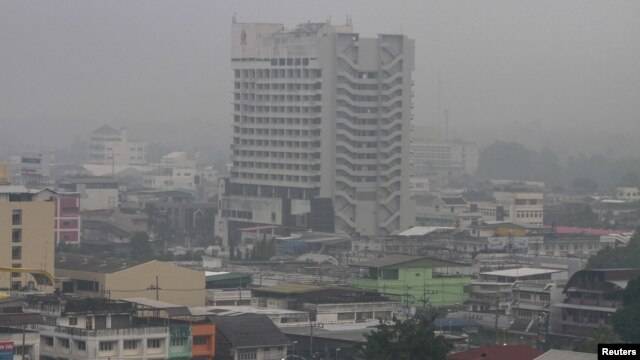
A view of Yala city is pictured as a haze shrouds Muang district in the troubled southern province of Yala, Thailand
Halem said his office has worked with other authorities to have all schools in Songkhla province send students home and all outdoor sports stadiums to close temporarily. Warnings have been issued to vulnerable people such as children, the elderly and people with illnesses not to go out of their homes. “The wind speed is very low this year in the south, causing haze to stay in our skies longer,” Halem said by telephone. An airport official in Hat Yai, a popular tourist area, said three flights bound for Bangkok were delayed Thursday morning because of the haze. A flight from Bangkok to Hat Yai was diverted to Surat Thani on Wednesday evening. The official declined to be identified because of working rules.
Local media reported that cloud seeding has been discussed as a way to dispel the haze in southern Thailand, which is hundreds of kilometers (miles) from the forest fires in Indonesia's Sumatra island. Southern Thailand boasts tropical beaches popular among tourists in Surat Thani and Phuket, two of the seven provinces suffering from the haze.
Southern Thailand Hit by Worst Haze from Indonesia Ever



